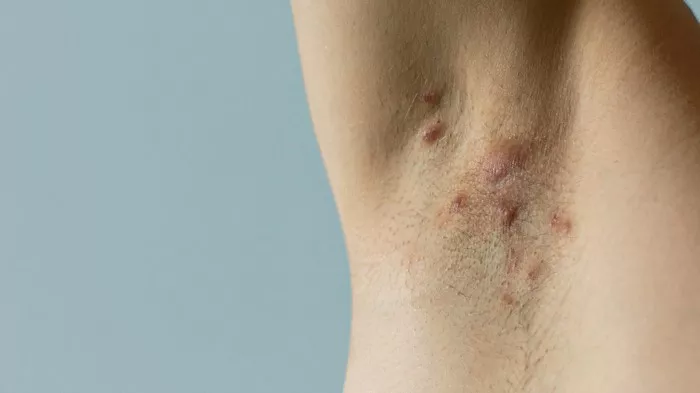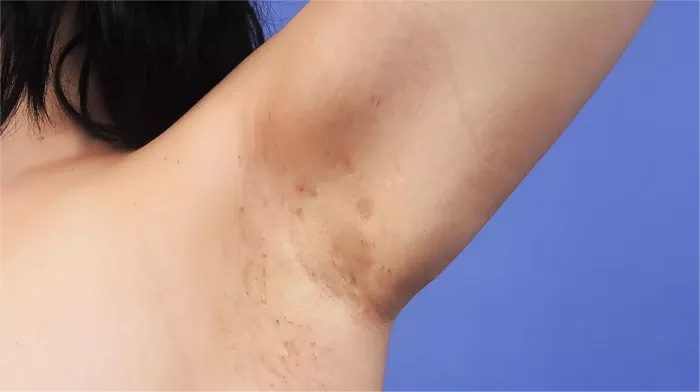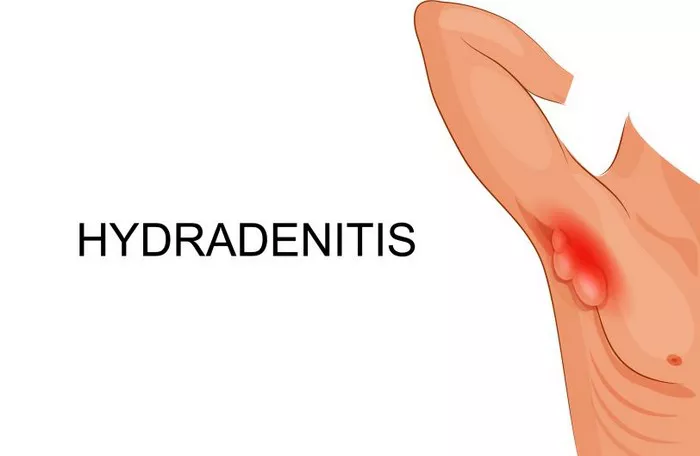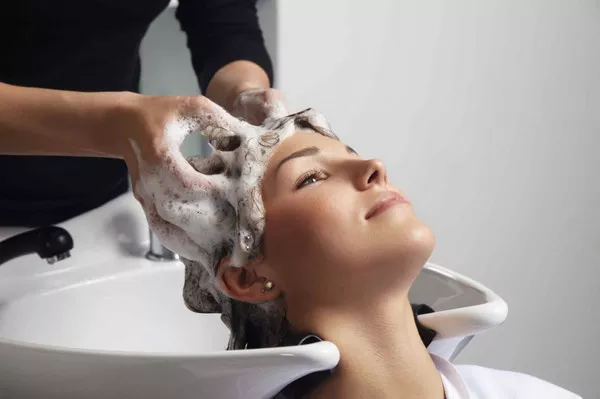Hidradenitis Suppurativa (HS), a chronic inflammatory skin condition characterized by painful nodules, abscesses, and sinus tracts, often prompts questions about its potential connection to more serious health issues, including cancer. Among these concerns, one frequently asked question is whether HS could increase the risk of breast cancer. Addressing this inquiry directly, it is essential to clarify that there is currently no known direct link between HS and breast cancer.
Understanding the Nature of HS
To comprehend the absence of a direct association between HS and breast cancer, it’s imperative to first grasp the fundamentals of HS. This condition primarily affects areas rich in apocrine glands, such as the armpits, groin, and buttocks. It manifests as recurrent, painful lesions that can lead to scarring and significant discomfort. Despite its distressing symptoms, HS itself is non-cancerous and does not inherently predispose individuals to develop cancer.
Differentiating Symptoms of HS and Breast Cancer
HS and breast cancer present distinct symptoms and affect different anatomical regions. While HS commonly manifests in areas with skin friction and sweat accumulation, such as the armpits and groin, breast cancer primarily involves the breast tissue itself. Symptoms of breast cancer often include palpable lumps, skin changes like dimpling or puckering, nipple discharge, or changes in breast size or shape. Thus, the presentation of symptoms in these two conditions typically varies significantly, aiding in their differentiation.
Addressing Potential Indirect Links and Risk Factors
1. Chronic Inflammation and Cancer Risk
Chronic inflammation, a hallmark of HS, has been associated with an increased risk of cancer in some studies. However, it’s crucial to note that this association is general and not specific to breast cancer or HS. While chronic inflammation may create a pro-cancerous environment within the body, further research is needed to elucidate its precise role in cancer development and progression.
2. Shared Risk Factors
Although HS and breast cancer are distinct entities, they may share certain risk factors. For instance, obesity and smoking have been implicated in both conditions. Therefore, adopting a healthy lifestyle, including maintaining a balanced diet, engaging in regular physical activity, and avoiding tobacco use, may mitigate the risk factors common to both HS and breast cancer.
3. Medications and Treatments
Individuals with HS may undergo various treatment modalities, including antibiotics, topical therapies, and in severe cases, surgical intervention or biologic agents. While these treatments aim to alleviate HS symptoms and improve quality of life, some medications, particularly biologics, may have potential long-term side effects that require careful monitoring. However, the specific impact of these treatments on breast cancer risk remains uncertain and merits further investigation.
Providing Reassurance and Guidance
1. Emphasizing Regular Check-ups
In light of the lack of a direct link between HS and breast cancer, individuals living with HS should prioritize regular medical check-ups. These appointments allow healthcare providers to monitor HS progression, assess treatment efficacy, and address any emerging concerns promptly. Moreover, routine visits facilitate overall health monitoring and provide opportunities for cancer screenings as recommended based on individual risk factors and guidelines.
2. Promoting Self-Examination
Empowering individuals to take an active role in their health, promoting self-examination for both HS lesions and breast abnormalities is essential. Educating individuals on proper self-examination techniques for detecting changes in their skin and breast tissue can facilitate early detection and prompt medical evaluation if abnormalities are detected. Additionally, encouraging individuals to promptly report any new or concerning symptoms to their healthcare providers is paramount for timely intervention and management.
3. Offering Emotional Support
Living with HS can be emotionally challenging due to its chronic nature and associated pain and discomfort. Moreover, concerns about potential complications, such as cancer, can exacerbate anxiety and distress. Therefore, connecting individuals with HS to support groups, online communities, or mental health resources can provide valuable emotional support and encouragement. Additionally, fostering open communication between patients and healthcare providers can facilitate holistic care and address both physical and emotional needs.
Additional Considerations
Throughout this discussion, maintaining a compassionate and empathetic tone is essential. Clear and concise language should be used to ensure accessibility and understanding, avoiding unnecessary technical jargon. Furthermore, citing credible sources, such as medical journals and reputable health organizations, reinforces the reliability of the information provided and enhances its credibility.
Conclusion
In conclusion, while Hidradenitis Suppurativa is a chronic inflammatory skin condition associated with significant morbidity, there is no known direct link between HS and breast cancer. Despite the absence of a direct association, individuals with HS should prioritize regular medical check-ups, adopt healthy lifestyle practices, and remain vigilant about self-examination for early detection of any abnormalities. By addressing potential risk factors and promoting proactive healthcare practices, individuals with HS can navigate their health journey with confidence and empowerment.
























